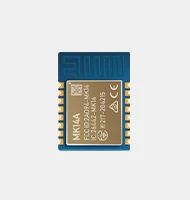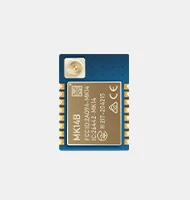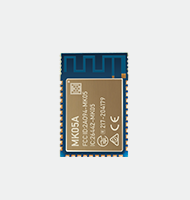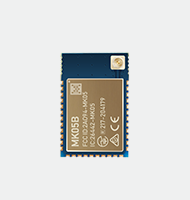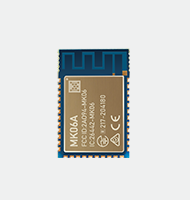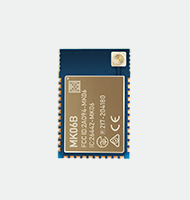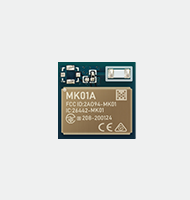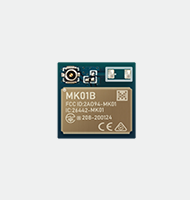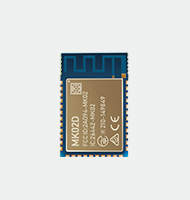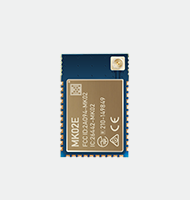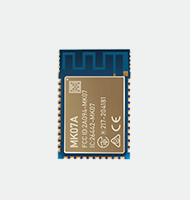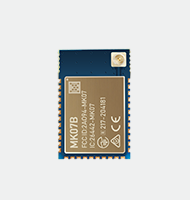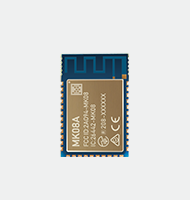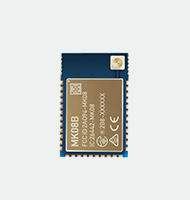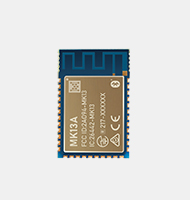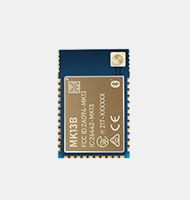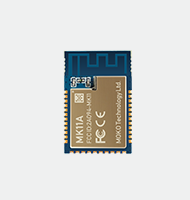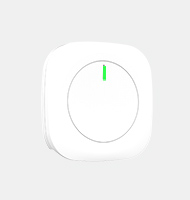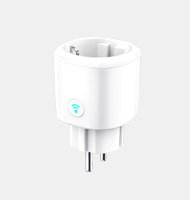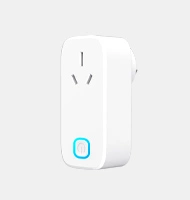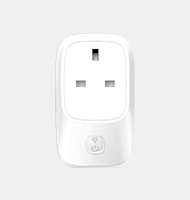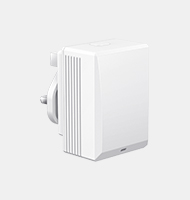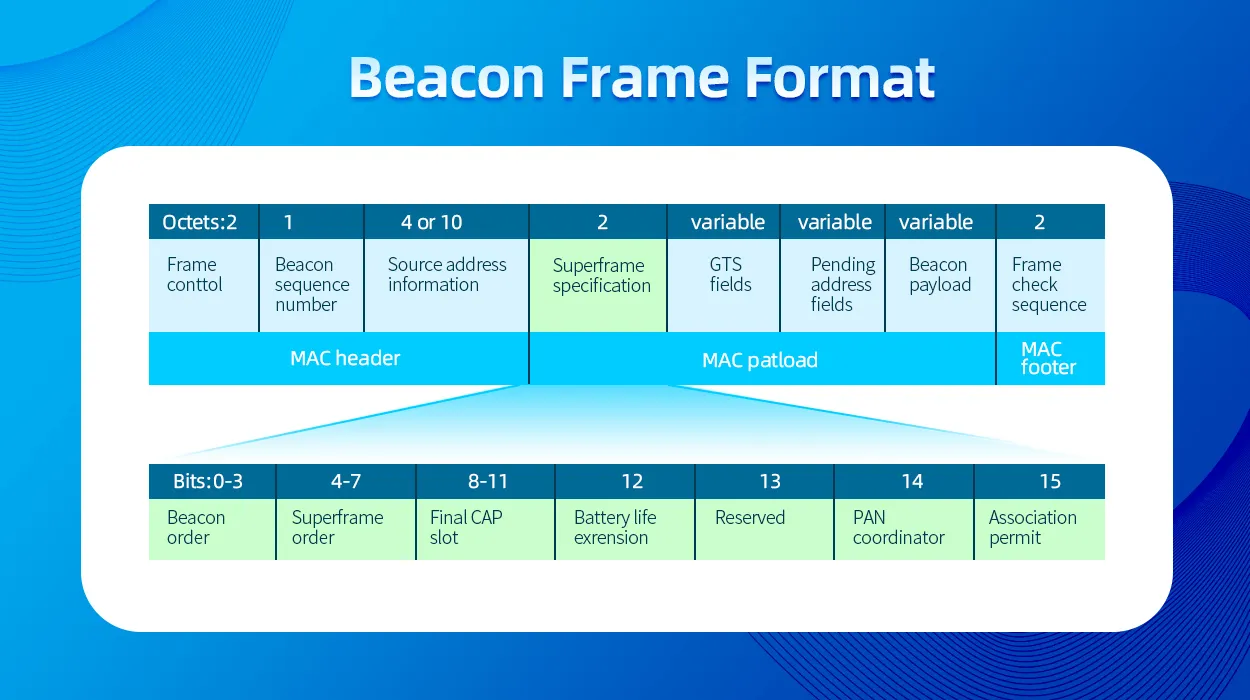What is Beacon Frame
A beacon is a small, wireless device that sends signals to and receives signals from other smart devices around it. Using low-energy Bluetooth, this wireless transmitter broadcasts a radio signal with a series of letters and numbers, then transmits them at short but regular intervals within a range of approximately 70 meters.
The signal broadcast by a beacon is in a format type known as beacon format. The beacon format is a communication protocol that contains the peculiarities of a beacon. Usually, this information is a string of numbers and characters put together as the beacon’s signal.
![]()
A beacon frame is a management frame that is prevalent in IEEE 802.11 based Wireless Local Area Networks (WLANs). The IEEE 802 is a set of Local Area Network (LAN) technical standards that specify the set Medium Access Control (MAC) and Physical Layer (PHY) protocols used for implementing a Wireless Local Area Network (WLAN) computer communication. These standards are created and monitored by the Institute of Electrical Electronics Engineers (IEEE) LAN Standards Committee, hence, IEEE 802. MOKOBlue and other manufacturers are IEEE members, so IEEE 802 is widely used
Before a frame can be transmitted, every network information needed by a station must be input in the broadcasting beacon frame. These frames are used to communicating and synchronizing devices present in a WLAN. In other words, all the devices in a beacon frame format, all the connected devices communicate with each other through the AP to confirm the channel or station status.
How Often Are Beacon Frames Sent?
The interval between two concurrent broadcasted beacon frames in a beacon is its beacon interval. Beacon intervals are typically measured in Time Units (TUs); each Time Unit (TU) is equal to 1024 microseconds. Therefore, one can approximate the default period between beacons to be 100 milliseconds. This interval is usually configurable to be higher or lower on many beacon devices like the Bluetooth beacon.
Functions of Beacon Frame
There are several functions of the beacon frame in WLAN.
- The most critical significance of the beacon frame is that it announces network availability to other devices. In other words, the primary function of the beacon frame is to advertise the presence of an AP at a particular location while also providing the details of such network viz-a-viz its capacity, configuration and security information to the network’s connected devices.
- Apart from this, the beacon frame is also used to maintain tasks and synchronize data between connected devices and the network.
- Beacon frames are usually transmitted at intervals in order for mobile stations (smartphones, wearables, laptops, etc.) which are connected to the network to find the network, identify it, and connect to it afterward.
General Beacon Frame Format
Generally, a beacon frame format comprises the 802.11 Medium Access Control (MAC) header, a body, and a Frame Check Sequence (FCS), also known as the trailer. Usually, beacon frames are created by the MAC server, which has its address as that of the frame address as well. And when frames are sent through the access point (AP), the AP deploys its wireless interface and converts it to the transmitter address. The address of the AP’s interface is the BSSID. Subsequently, beacon frames get sent to the client – which is the receiver and destination.
![]()
Components of General Beacon Frame
The header consists of beacon information related to where the frame is going, the cipher suite used for data frames encryption, the data rate, and so much more. Four address fields – source, destination, transmitter, and receiver – are the components of a Bluetooth beacon format header.
The body of a BLE beacon frame consists of the beacon information, which is enclosed and secured. The size of the body of a frame strongly depends on the amount of transmission done.
The trailer comprises a 32-bit Cyclic Redundancy Check (CRC), that works with Frame Check Sequence (FCS). This sequence is used to validate the content of the beacon frame to understand whether they have not been tampered with or corrupted during transfer. All the values got from the frame header and body are run through a calculation, and their results are subsequently stored in the FCS field.
Mandatory Fields in General Beacon Frame
The significant fields in the body of a beacon frame include:
Timestamp (8 bytes): which is the time in reference to the beacon frame used by connected devices to synchronize with the WLAN.
Beacon Interval (2 bytes): which is the time interval between two consecutive beacon transmissions in the frame.
Capability Information (2 bytes): which provides information about the capability of the network or device. It ascertains whether the network type in use is an ad hoc network or an infrastructure network.
Service Set Identifiers (SSIDs): which are also known as network names are primary components of all beacons and a core part of their processes.
Supported Rates: This is an 8-octet field that defines the channel’s transmission rates. This can be found in all beacon types and their processes.
Direct Sequence (DS) Parameter Set (2 bytes)
IBSS Parameter (4 bytes): which is present only in an ad hoc network beacon frame.
Traffic Indication Map (TIM): which is present in only AP-generated beacon frames. The network’s AP sends it at intervals, and it is useful in BLE beacon format low power mode.
Contention Free (CF) Parameter Set (8 bytes)
Frequency Hopping (FH) Parameter Set: which is used by legacy FH stations.
![]()
Beacon Frame Types
All of the 802.11 beacon frames can be categorized into three types, which are; Management, Control, and Data. Usually, the management frame is the beacon itself, the control frame is a request to send (RTS), and the data frame is a QoS data frame. In the same vein, the management frame is in charge of a frame’s basic service set (BSS), the control frame coordinates the medium access, and the data frame contains layer 3-7 information.
Generally, all these frame types have the same header. However, there is usually a difference in the frame’s body, as it carries more detailed information about the frame type it is a part of.
Eddystone Beacon Format Subtypes
A ubiquitous beacon format is the Eddystone beacon format (powered by Google) which supports both iOS and Android devices. It can transmit one beacon packet format at a time through three different frame types, namely, Eddystone URL beacon format, beacon UUID format, and beacon TLM format.
The Eddystone URL beacon format transmits a website link (URL) to the connected device. This beacon data format makes it possible to connect outside of an installed mobile app.
The beacon UUID format is a 16-digit linked-up character that recognizes a beacon. For example, the UUID/UID can activate an installed app on your mobile device to initiate a connection to a beacon.
The beacon TLM format allows for beacon data to be communicated between a beacon and a device using telemetry. For example, a beacon’s battery level or temperature level can be communicated using TLM.
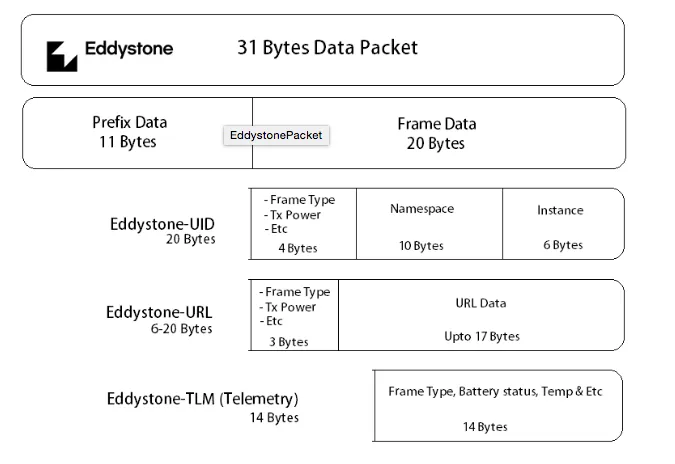
Management Frame Subtypes
In a wireless network, management frames are generally used to control the Basic Service Set (BSS). The management frame controls activities such as probing, associating, roaming, and disconnecting devices from the BSS. In this frame type, the type field 0 indicates management.
For the management frame subtypes, a combination of different numbers between 0 and 1 have various descriptions within the frame header.
| Subtype Field | Description |
|---|---|
| 0000 | Association request |
| 0010 | Reassociation request |
| 0100 | Probe request |
| 0110 | Timing advertisement |
| 1000 | Beacon |
| 1010 | Disassociation |
| 1100 | Deauthentication |
| 1011 | Authentication |
| 1110 | Action |
| 0001 | Association response |
| 0011 | Reassociation response |
| 0101 | Probe response |
| 0111 | Reserved |
Control Frame Subtypes
Control frames assist data and management frames with their deliveries and are used for frame acknowledgment. A control frame usually has a header and a trailer but does not have a frame body. In this frame type, type field 1 typically indicates control.
For the control frame subtypes, a combination of different numbers between 0 and 1 has various commands.
| Subtype Field | Description |
|---|---|
| 0000-0001 | Reserved |
| 0111 | Control Wrapper |
| 1000 | Block ack request (BAR) |
| 1001 | Block ack (BA) |
| 1010 | PS-Poll |
| 1011 | RTS |
| 1100 | CTS |
| 1101 | ACK |
| 1110 | CF-End |
| 1111 | CF-End and CF-Ack |
Data Frame Subtypes
Usually, data frames are used to transfer information or initiate a command which will, in turn, lead to an event. It is important to note that some data frames contain only a header and trailer, but nobody.
HCF Controlled Channel Access (HCCA) and Point Coordination Function (PCF) are the types of wireless networks that utilize data frame subtypes.
| Subtype Field | Description |
|---|---|
| 0000 | Data |
| 0001 | Data + CF-ACK |
| 0010 | Data + CF-Poll |
| 0011 | Data + CF-ACK + CF-Poll |
| 0100 | Null (no data) |
| 0101 | CF-ACK (no data) |
| 0110 | CF-Poll (no data) |
| 0111 | CF-ACK + CF-Poll (no data) |
| 1000 | QoS Data |
| 1001 | QoS Data + CF-ACK |
| 1010 | QoS Data + CF-Poll |
| 1011 | QoS Data + CF-ACK + CF-Poll |
| 1100 | QoS Null (no data) |
| 1101 | Reserved |
| 1110 | QoS CF-Poll (no data) |
| 1111 | QoS CF-ACK + CF-Poll (no data) |
Specific Service Set Identifier (SSID) of Beacon Frames
The Service Set Identifier (SSID) of a network typically names the network’s service set or extended service set. Usually, what the beacon frame does is broadcast the SSID through beacon packets, and eventually, the presence of a network – in the form of a wireless network name – will be announced and visible to users for a possible connection.
SSIDs usually range from 0 bytes to 32 bytes and are usually in a renowned language like English. Unlike the common types of set identifiers, SSIDs usually give room for customization. Before associating with a wireless network, it is essential that a station knows the network’s SSID. This information can be either obtained from a beacon’s broadcast via its base station or by knowing
the SSID beforehand through other means (possibly from a previous configuration) in a case where a base station advertising is absent.
So, when the connection is initiated between a device and a network, the device sends the SSID in a probe request. Afterward, a response is sent by an access point on the condition that the SSID in the probe request matches an SSID in sync with the access point. If all these conditions are not met, the access point will not respond to the probe request, resulting in an unsuccessful connection.
Virtual APs and Multiple SSIDs
The concept of SSID in 802.11 does not allow for one AP to connect with multiple IDs because it is a service set identifier initially designed for a single AP and service set at a given time. However, it is no surprise that businesses are beginning to demand enterprise-class APs that can work with multiple SSIDs simultaneously. For this to be possible, the access point is divided into a number of virtual APs within the same single hardware platform. This is present in modern-day multi-provider spaces like airports, train stations, bus stations, etc.
These Virtual APs copy the operation system of a physical AP with IP layers within a MAC; however, the radio frequency layer is absent.
Any Difference Between a BLE Broadcast Frame and BLE Beacon Frame?
In a Bluetooth Low Energy transfer, communication is usually unidirectional and initiated by a broadcast or advertisement. For instance, in communication between a BLE beacon and another device close to it, the BLE beacon device broadcast data packets regularly, waiting for the device – which must have scanned for such BLE broadcast and be familiar with the beacon device’s network – to detect the transmitted data packets and connect afterward. In other words, a BLE beacon frame is a distinct payload transmitted within a BLE broadcast frame.
Quite a number of BLE devices function by transmitting advertisements, but except a device is specifically built to work as a BLE beacon, every other BLE device does not transmit BLE beacon frames. So, beacon frames are only peculiar to BLE beacon devices, despite the fact that there are other BLE devices on the market.
To sum up, a BLE beacon is a special kind of BLE device that is built to emit a broadcast using BLE broadcast frame technology, but its uniqueness lies in the fact that unlike other BLE devices like smartphones, a BLE beacon also transmits its peculiarities via a beacon frame.
![]()
